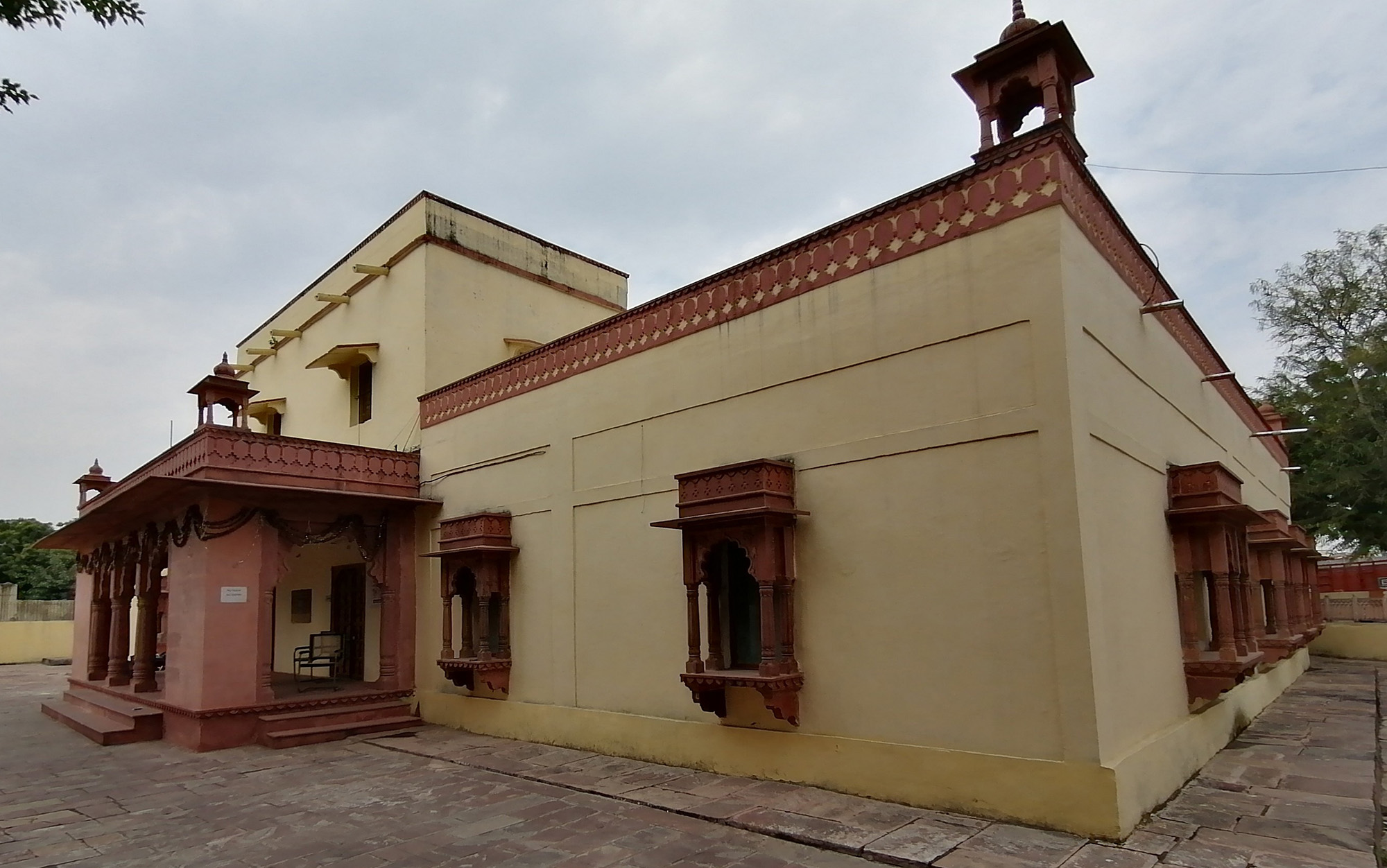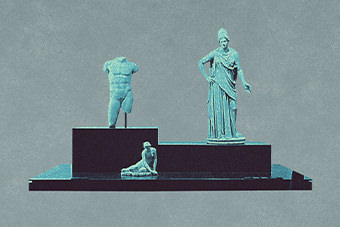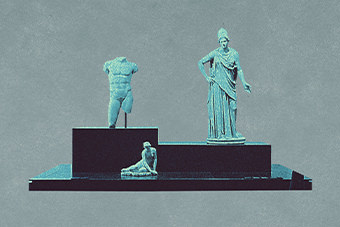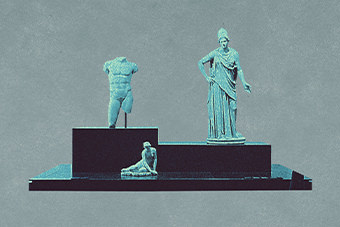District in South East Rajasthan is little known in the outside world but the rock paintings from here indicate an extremely long history. Remains of temples, for example, at Kakuni, Atru, Vilasgarh/Bilasgarh and Bhand Devra, and impressive forts at Shahbad and Shergarh indicate a diverse history incorporating Buddhism, Jainism, Shaivism and Islam. The Yupa pillars from Bhavna village, which are now displayed in Kota, indicate the revival of Vedic religion in the third century AD. The Ramgarh meteorite impact crater is of world importance.
For a long time, the need was felt for a museum in which the numerous sculptures scattered around at these temple sites could be displayed. In 2008, the Government transferred the Divisional Magistrate’s bungalow in the old civil lines to the Dept. of Archaeology and Museums. In 2013-14, funds were available for its renovation as a museum. In 2016, the brochure was printed and finally, on August 20th 2020, the Museum was inaugurated virtually from Jaipur by the chief minister during the lockdown. The Museum has yet to be added to the Rajasthan museums website.
The museum displays good collections of sculptures, paintings, weapons and decorative arts, and photos of local temples and forts which are worth a visit. Some sculptures displayed at the museum have come from the Bandh Devra Temple which is dedicated to the tantric tradition of Shiva and was built in the tenth century in the style of Khajuraho. It is situated in the middle of a meteorite impact crater at Ramgarh, 40 kms from Baran. With a diameter of 3.5 kms, it is the second-largest such crater in India. Various other sculptures displayed here are from Bilasgarh which was once a fine city but was destroyed on the orders of Emperor Aurangzeb after a Khechi princess from the ruling family of Bilasgarh refused to marry him and preferred suicide. The spot near the Bilas river where she ended her life is called Kanya Dah, a treeless and desolate spot strewn with rubble, located about 32 kms from Baran.
Although the sculptures are local, the rest of the contents of the museum have been collected and displayed with an attempt to introduce the local people to Indian crafts. There are some very good examples of the Jaipur School in the Miniature Art Gallery and there are more examples of Bundi art in Baran than in the Bundi Museum. Baran is situated in a tribal belt and many local people are Sahariyas. They have a token representation in the Folk Art Gallery in the museum.
Things to note:
1) Some sculptures have come from the Bandh Devra Temple which is dedicated to the tantric tradition of Shiva and was built in the tenth century in the style of Khajuraho. It is situated in the middle of a meteorite impact crater at Ramgarh, 40 kms from Baran. With a diameter of 3.5 kms, it is the second-largest such crater in India. Inside the temple, many of the sculptures are of Bhairava, the favourite deity of tantriks and an incarnation of Lord Shiva.
2) Some sculptures are from Bilasgarh which was once a fine city but was destroyed on the orders of Emperor Aurangzeb after a Khechi princess from the ruling family of Bilasgarh refused to marry him and preferred suicide. The spot near the Bilas river where she ended her life is called Kanya Dah, a treeless and desolate spot strewn with rubble, located about 32 kms from Baran.
3) The Sahariya tribe, based in Baran district, who form the majority of the local population, have suffered from poor access to education, health and finance. They are represented in the museum by a couple in the folklore gallery dressed in traditional clothes.
More Information
Getting there
Road/Rail: Excellent connectivity by road via NH 27. The museum is at a walking distance from the bus station and from the Baran railway station.
Air: Jaipur airport is 257 kms and Gwalior airport is 274 kms away from Baran.
Average duration of visit
Less than 1 hour
Best time of the day to visit
Most crowded: 10 am - 12 am, if a school group is visiting
Least crowded: Any time after 1 pm
Museum administered by
State Government
Person in charge
Updated
This content has been created as part of a project partnered with Royal Rajasthan Foundation, the social impact arm of Rajasthan Royals, to document the cultural heritage of the state of Rajasthan.
Quick Facts
Address:
Government Museum, Old Civil Line, Nr. Water Tank, Baran, Rajasthan - 325205
Visiting Time:
Sunday: 9 am - 5 pm
Monday: Closed
Tuesday: 9 am - 5 pm
Wednesday: 9 am - 5 pm
Thursday: 9 am - 5 pm
Friday: 9 am - 5 pm
Saturday: 9 am - 5 pm
The Museum remains closed on all public holidays.
Phone:
+91 9680972199Entry Fees:
Adults (Indian nationals): Rs. 20/-
Children (Indian nationals): Rs. 10/-
Adults (Foreign nationals): Rs. 100/-
Children (Foreign nationals): Rs. 50/-




